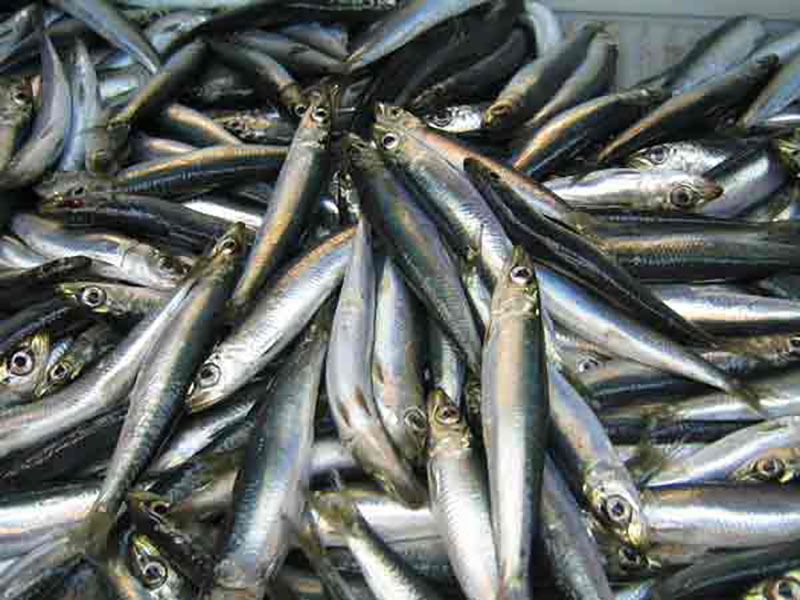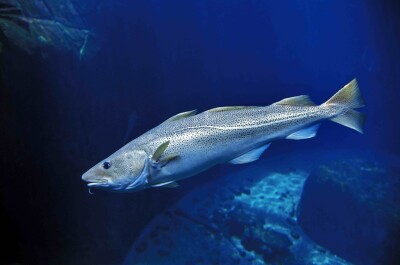Restrictions, warming waters trouble fishermen
For the second year in a row, the herring fleet has been underharvesting from Georges Bank south to New Jersey. The midwater fleet of 10 vessels, vessels that are dependent on these areas, have seen steady drops in their revenue.
“The herring price and the herring markets are fine. It’s the restrictions that are put on us that keep us from harvesting,” said Eoin Rochford, plant manager of Norpel, a herring and mackerel processor in New Bedford, Mass.
Area II from Cape Cod to Cape Hatteras, normally a wintertime and spring producer for the fleet has been slow. Some speculate warming temperatures are keeping the herring north of the Cape Cod, out of reach; others feel the herring are there but can’t be caught because of a growing stock of menhaden.
“2015 was slow in Area II, and 2016 was even worse, maybe 50 percent off if I had to guess,” said Rochford. “Our plant relies heavily on Area II and Area III fish. We are operating at way under capacity. The whole midwater fleet is. We spend a lot of time running around trying to avoid haddock and river herring — both of which have catch caps.”
The four areas are broken down into separate quotas with Area II receiving 30 percent of the allocation and Area III 40 percent of the total 111,000 metric ton catch limit. The other two areas are in the Gulf of Maine and are caught at or close to 100 percent every year and these two, called Area IA and Area IB are mostly — 92 percent — harvested by seine boats.
“The stock is doing fine,” says herring fisherman Joseph Martin, from Vinalhaven, Maine, captain of the combination seiner-trawler Sunlight. Martin follows the herring from the Gulf of Maine to Georges Bank, down along Nantucket, Block Island and Long Island. “The problem is with the zones and the quotas, plus the huge stocks of haddock and pogies [menhaden] that limit our ability to catch herring.”
Deirdre Boelke herring coordinator for the New England Fishery Management Council said, “If you look back at the history, the fishery ranges widely. Sometimes the quota is met, sometimes it isn’t. Some think right now it’s a resource problem; others don’t. We are looking into this for the next stock assessment for 2018.
“The quotas in both Areas 1A and 1B need to be increased ,” says Martin. “And other boats need to be let in. It’s very political. It’s entirely political.”







